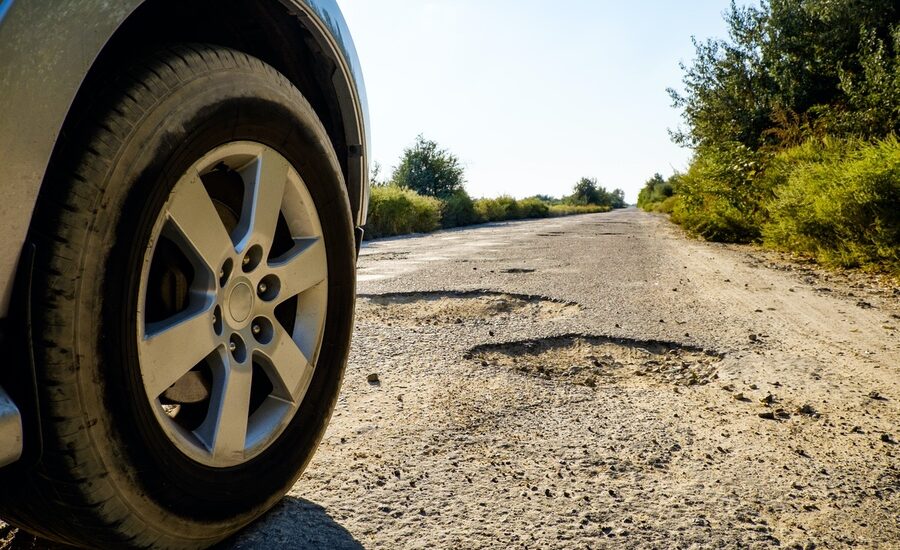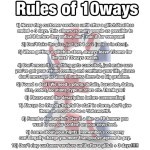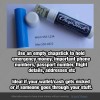High-quality tyres are crucial for your vehicle’s safety, handling, and overall performance. Investing in reputable brands can provide improved traction, extended wear, and enhanced fuel efficiency. However, the key thing is to check your tyres and ensure they’re safe and legal. There are several smart strategies that can help you save money without compromising safety or quality. Here’s how:
1. Buy Tyres Online & Compare Prices
Buying tyres online can often be much cheaper than purchasing them from a traditional garage. Many websites offer significant discounts, especially if you’re prepared to shop around. Look for reputable sites that offer price matching and customer reviews. Always check the delivery costs and whether fitting is included in the price.
Companies to compare prices with: ProTyre | MyTyres | TyreShopper | Costco Tyres
Don’t settle for the first price you come across. Use comparison websites to see what’s available across a variety of retailers. Make sure you’re comparing the same type and size of tyre, and look out for any hidden fees like fitting, balancing, and disposal of old tyres. See if you can combine a price match with a cashback deal!
2. Check for Discounts and Cashback
Before making a purchase, search for any available discount codes, cashback offers, or promotional deals. Some retailers partner with cashback websites, which can give you a percentage of your purchase price back. e.g. buy 4 tyres and get £100 cashback.
3. Regular Tyre Maintenance and Alignment
It’s a faff but this is such an obvious way to save money! Keeping your tyres in good condition will extend their lifespan, saving you money in the long run. Regularly check the tyre pressure (especially when the weather changes), as under-inflated tyres wear out faster and increase fuel consumption. Aligning your tyres (~£100-£150) and ensuring correct wheel balancing can also prevent uneven wear, maximising their life. And coating the tyres to prevent UV cracking etc.
We suggest buying and using:
- Tyre Guage
- a decent tyre pump (we have one that works with our Power Tools)
- Tyre Gel (to protect from UV damage)
- For alignment you can use a Gunson Trakrite, but for premium cars/tyres we would consider taking it to a garage with a Hunter system.
4. Rotate Your Tyres
Rotating your tyres every 6,000-8,000 miles ensures even wear and extends their overall life. This can prevent you from needing to replace all four tyres at once, allowing you to stagger the cost. It’s not a common practice in the UK but if all wheels are the same this can help.
You can save money by doing this work yourself, it’s fairly easy with practice and after following a few guides you will just need the following:
- Two decent jacks
- or 1 jack + some axle stands
- A nut socket (check your user manual to confirm the size you need)
- Breaker Bar
- Torque Wrench
5. Consider Part-Worn Tyres (we don’t recommend this, but if you’re really tight for month it can work)
This should only be done if you’re really in need of new tyres and don’t have available funds for new ones, we personally would NEVER do this as we feel the risks are too high (unless you really trust the garage): Part-worn tyres can be a much cheaper alternative to brand new ones. However, it’s essential to inspect them carefully, they’ve come off a car for a reason… Ensure they meet the UK legal minimum tread depth (1.6mm) and have no visible damage. While this option is budget-friendly, it’s crucial to only buy from reputable sellers who guarantee quality and safety.
You will need a Tyre Guage and need to look for signs of wear, how to work out the age of the tyre (all tyres are dated) and check for other damage (e.g. sidewall damage)
6. Buy in Bulk
If you know you’ll need tyres for multiple vehicles or need all four tyres replaced, buying in bulk can sometimes get you a discount. Some retailers offer package deals for purchasing four tyres together, which can save you a decent amount of money.
7. Seasonal Tyre Sales
Keep an eye out for seasonal sales, such as Black Friday, Boxing Day, or end-of-summer promotions. Many retailers reduce their prices significantly during these periods, making it the perfect time to stock up on tyres.
8. Learn How to Repair your tyres
Understand that a puncture doesn’t mean it automatically needs to be replaced, most punctures can be repaired, it’s well worth investing in a tyre repair kit (for both emergency use but also general repairs), the spray in repair kits are only for emergency use and will ruin the tyre for continued use so we don’t recommend you get one. Follow guides online to understand if a tyre is actually repairable. You can also go to most tyre garages, and they will repair it.
You will need the following:
- A decent jack
- Breaker Bar
- A nut socket (check your user manual to confirm the size you need)
- Torque Wrench
- Tyre Repair Kit
- Some washing liquid and water (to find where the air is escaping)
- A YouTube video showing you the steps
9. Avoid Premium Brands (Unless Necessary)
While premium brands like Michelin or Pirelli offer excellent performance, mid-range brands such as Hankook or Kumho can provide similar performance at a fraction of the price. Review independent tests and ratings to ensure the tyres still meet your needs for safety and performance.
10. Know When to Replace
Replacing tyres too early can be wasteful, but leaving them too long can be dangerous. To save money, monitor the tread depth regularly, including looking at the tyres by getting on your knees to check the inside edges and replace them when they approach the legal minimum. However, never let tyres wear below 1.6mm, as this not only reduces performance but can also result in a fine.
Final Thoughts
By shopping around, maintaining your tyres, and timing your purchases wisely, you can significantly reduce the cost of replacing your tyres. Always prioritise safety, but remember that saving money doesn’t necessarily mean compromising on quality.






























